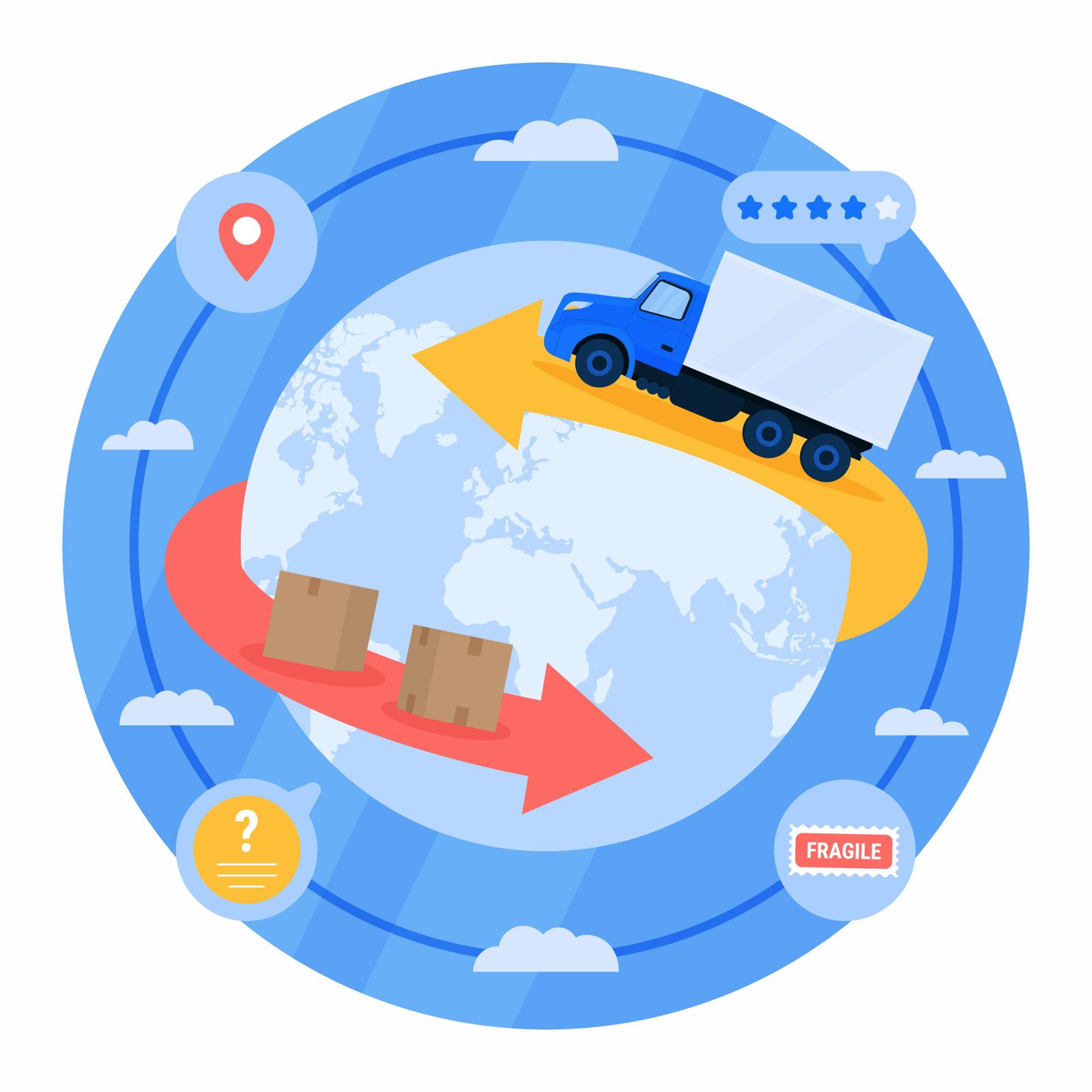Introduction:
In the intricate world of supply chain management, logistics plays a pivotal role in ensuring the seamless flow of goods from suppliers to customers. Two key components of logistics are inbound and outbound logistics, each serving distinct yet interconnected functions in the supply chain process. In this detailed exploration, we’ll unravel the complexities of inbound and outbound logistics, elucidating their significance, processes, and the pivotal role they play in driving operational efficiency and customer satisfaction.
Understanding Inbound Logistics:
Inbound logistics refers to the movement of goods, raw materials, and components from suppliers to warehouses or production facilities. It encompasses a range of activities, including procurement, transportation, receiving, and inventory management. The primary objectives of inbound logistics are to ensure the timely availability of materials required for production or distribution while minimising costs and disruptions in the supply chain.
Key Components of Inbound Logistics:
- Procurement: The process of sourcing and purchasing raw materials, components, or finished goods from suppliers based on demand forecasts, quality standards, and pricing considerations.
- Transportation: The movement of inbound shipments from suppliers to warehouses or production facilities via various modes of transportation, including trucking, rail, ocean freight, or air freight.
- Receiving and Inspection: Upon arrival at the destination, inbound shipments are received, inspected, and verified against purchase orders to ensure accuracy, quality, and compliance with specifications.
- Inventory Management: Once received, inbound inventory is stored, managed, and tracked within the warehouse or production facility, ensuring optimal inventory levels and availability for production or distribution activities.
Understanding Outbound Logistics:
Outbound logistics involves the movement of finished products or goods from warehouses or production facilities to customers or end-users. It encompasses order processing, picking, packing, transportation, and delivery activities aimed at fulfilling customer orders in a timely, accurate, and cost-effective manner. The primary objectives of outbound logistics are to ensure prompt order fulfilment, optimise transportation routes, and enhance customer satisfaction.
Key Components of Outbound Logistics:
- Order Processing: The process of receiving and processing customer orders, including order verification, order entry, and order confirmation, typically facilitated through order management systems or e-commerce platforms.
- Picking and Packing: Once orders are processed, products are picked from inventory, packed into shipping containers or packages, and labelled for shipment, ensuring accuracy and protection during transit.
- Transportation: The movement of outbound shipments from warehouses or distribution centres to customers’ delivery locations via various transportation modes, such as parcel carriers, freight carriers, or courier services.
- Delivery and Distribution: Upon arrival at the customer’s location, outbound shipments are delivered, unloaded, and received by the customer, completing the fulfilment process and ensuring customer satisfaction.

The Role of Prolog Fulfilment in Inbound and Outbound Logistics:
As a leading provider of comprehensive logistics solutions, Prolog Fulfilment specialises in managing both inbound and outbound logistics for its clients across various industries. Leveraging its expertise, technology infrastructure, and strategic partnerships, Prolog Fulfilment offers a range of services to optimise inbound and outbound logistics processes, including:
- Supplier Management: Prolog Fulfilment collaborates closely with suppliers to streamline procurement processes, optimise transportation routes, and ensure timely delivery of inbound shipments.
- Inventory Optimisation: Through advanced inventory management systems and warehousing solutions, Prolog Fulfilment helps clients optimise inventory levels, reduce carrying costs, and improve order fulfilment efficiency.
- Order Fulfilment: Prolog Fulfilment excels in order processing, picking, packing, and shipping, ensuring accurate and timely delivery of outbound shipments to customers’ doorsteps.
- Transportation Management: With a network of transportation partners and expertise in route optimisation, Prolog Fulfilment optimises transportation routes, reduces transit times, and minimises shipping costs for its clients.
Conclusion:
In conclusion, inbound and outbound logistics are integral components of the supply chain, each playing a critical role in ensuring the efficient movement of goods from suppliers to customers. By understanding the processes and key components of inbound and outbound logistics, businesses can optimise their supply chain operations, improve customer satisfaction, and gain a competitive edge in the marketplace. Additionally, partnering with industry leaders like Prolog Fulfilment enables businesses to leverage expertise, technology, and resources to streamline inbound and outbound logistics processes, drive operational efficiency, and achieve business success. As supply chains continue to evolve and customer expectations evolve, mastering inbound and outbound logistics will remain essential for businesses seeking to thrive in today’s dynamic business environment.


